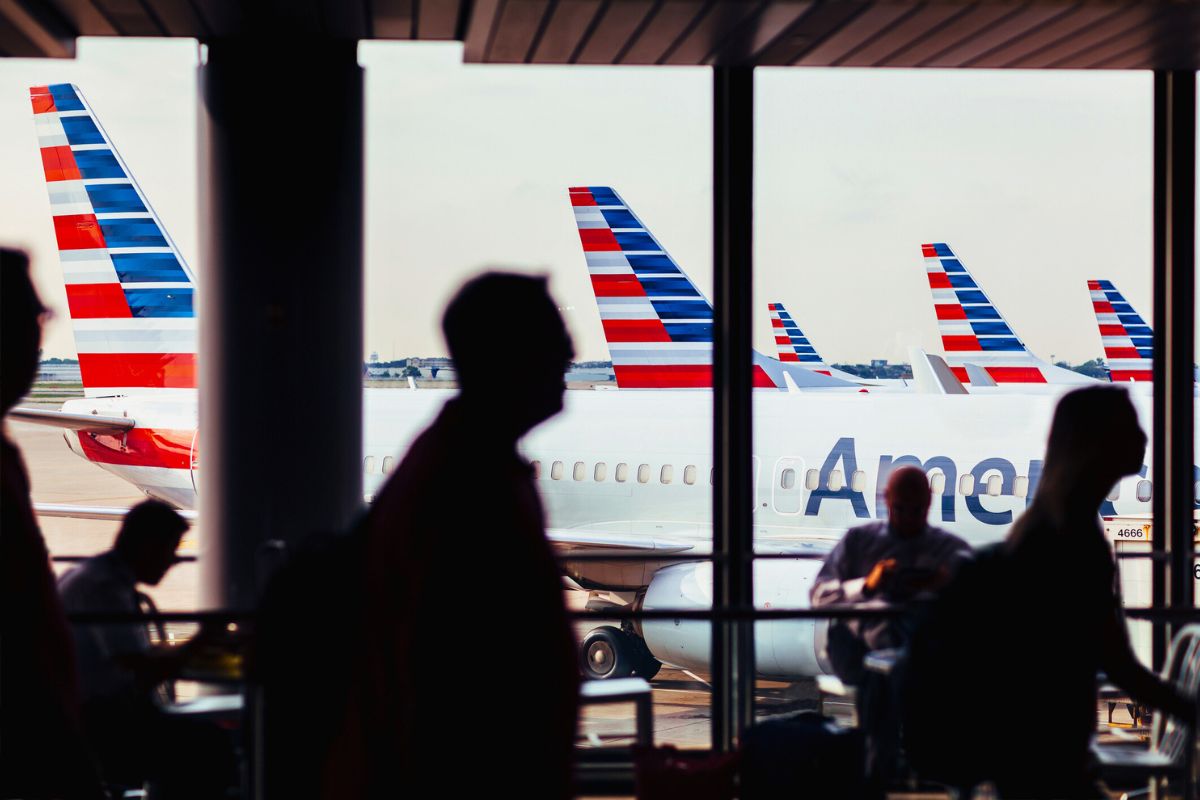American Airlines is expanding its innovative technology designed to prevent passengers from boarding out of turn. This cutting-edge system is now being implemented at over 100 airports across the United States. The new boarding system is simple yet highly effective. When passengers try to scan their boarding pass before their assigned group is called, the technology triggers an audible sound.
This alert notifies the gate agent, who then politely asks the passenger to rejoin the line and wait for their proper boarding group. The system aims to streamline the boarding process and reduce the frustration often associated with “gate lice” – the colloquial term for passengers who crowd the boarding area prematurely.
American Airlines Rolls Out New Boarding Technology After Positive Reception
Initially tested at three airports – Albuquerque International Sunport, Ronald Reagan Washington National Airport, and Tucson International Airport – the technology has received an overwhelmingly positive response from customers and American Airlines team members.
Julie Rath, American Airlines’ senior vice president of airport operations, reservations, and service recovery, expressed enthusiasm about the system’s performance. Rath stated, “The initial positive response from customers and team members has exceeded our expectations.”
The pilot program’s success has prompted American Airlines to accelerate the technology’s rollout. Among the more than 100 airports now equipped with the new system is Hartsfield-Jackson Atlanta International Airport, one of the world’s busiest air travel hubs. The airline plans to continue expanding the technology to its hub airports and additional locations in the coming months.
Benefits Beyond Line-Cutting Prevention
While the primary goal of the new technology is to ensure passengers board with their assigned groups, it offers additional advantages for travelers and airline staff. The system gives gate agents valuable insights into the number of passengers in each boarding group. Such information allows for better pacing of the boarding process. It also displays the anticipated arrival times for incoming flight connections. This improves the overall travel experience for passengers with tight layovers.

